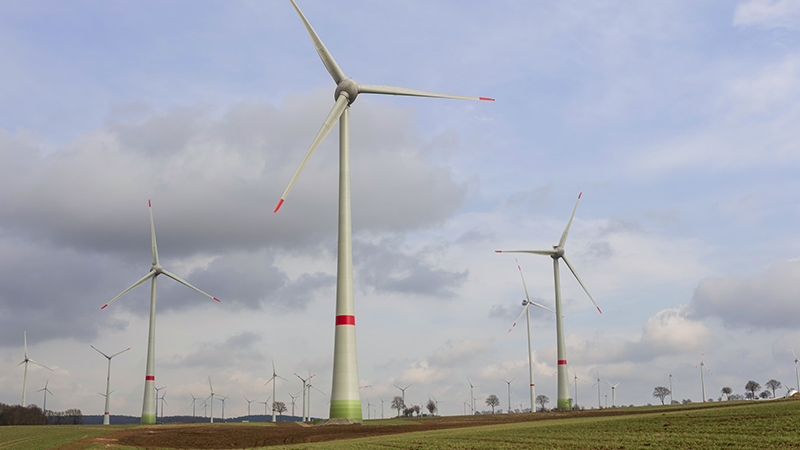Wind energy fasteners: a huge market and challenge
For a long time, most of the development of offshore wind power in the world has been concentrated in offshore waters, but as the development and utilization of offshore wind power resources are approaching saturation, deep sea is becoming a new direction for global offshore wind power layout.
In recent years, the development and utilization of China's offshore wind power resources have been approaching saturation, and currently 70% of the world's potential offshore wind resources are located in deep waters with a water depth of more than 60 meters. From shallow sea to deep sea, it is becoming the direction of global offshore wind power layout.
Because typhoons come from the sea, if you want to go to the deep sea, the biggest challenge is that the wind speed of the typhoon is higher and the wave height in extreme sea conditions is worse. These are the technical difficulties we must solve in the deep sea floating wind turbine.
Because the floating wind power platform can float in the water and maintain a balanced state by injecting water ballast inside the floating body, thereby overcoming the shaking of the wind turbine foundation by seawater, floating offshore wind power technology is also regarded by the industry as the main technology for the future development of deep sea offshore wind power.
In addition to exploring deeper and farther waters, the offshore wind power industry is also moving towards a broader overseas market.
In recent years, China's wind power equipment exports have grown rapidly. Currently, about 60% of wind power equipment in the global market is produced in China. For the fastener industry, wind energy fasteners will undoubtedly continue to be a huge market and challenge.

Characteristics of wind energy fasteners
A set of wind power equipment requires thousands of related fasteners. Wind turbines are large-scale equipment, and high-strength bolts are important connectors, which will directly affect the bearing capacity, service life, safety and performance of wind turbines.
Wind energy fasteners are technically characterized by high strength and high precision.
The service conditions of wind energy quality fasteners are harsh, because they will be affected by extreme heat and cold and extreme temperature differences all year round with the main engine, and withstand high and low temperature erosion; high power, up to 15 megawatts.
Large speed difference, vibration, corrosion, heavy load, etc.; in addition to the axial preload tensile load, it will also be subjected to additional tensile alternating loads, transverse shear alternating loads or the combined bending loads, and sometimes impact loads.
Additional transverse alternating loads will cause the bolts to loosen, and axial alternating loads will cause fatigue fracture of the bolts. Under the action of environmental media, axial tensile loads will cause delayed fracture of the bolts, and creep of the bolts under high temperature conditions.
The development potential of wind energy fasteners is vast and exciting. As the global community moves towards renewable energy solutions, the demand for reliable, innovative, and sustainable fasteners will undoubtedly grow. DT is committed to driving advancements in this critical area, ensuring that our fasteners not only meet but exceed the rigorous demands of the wind energy sector.
 English
English



















